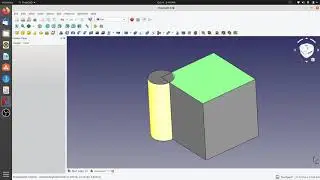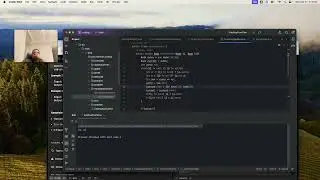SQL MySQL LAG LEAD CTE Window Functions with Consecutive Numbers leetcode problem solution
SQL MySQL LAG LEAD CTE Window Functions with Consecutive Numbers leetcode problem solution
LEAD and LAG are window functions in SQL that allow you to access data from preceding or following rows within a result set based on a specified order. A Common Table Expression (CTE) is a temporary named result set that can be used within a larger SQL query. Here’s a closer look at each concept and their usage together:
LEAD Function:
Purpose: Retrieves a value from a subsequent row within a result set, based on the order specified in the ORDER BY clause.
Syntax: LEAD(expression, offset, default)
expression: The column or expression to retrieve from the following row.
offset: The number of rows to look ahead (default is 1).
default: The value to return if there are no more rows or if the offset exceeds the result set size.
LAG Function:
Purpose: Retrieves a value from a preceding row within a result set, based on the order specified in the ORDER BY clause.
Syntax: LAG(expression, offset, default) (similar to LEAD).
Common Table Expression (CTE):
Purpose: A temporary named result set defined within a SQL query.
Benefits:
Helps in breaking down complex queries into smaller, more manageable steps.
Can be referenced multiple times within a single query.
Challenge: Identifying Consecutive Numbers
Difficulty: Medium
Data:
A table named Logs stores numerical entries:
id (int): Unique identifier for each entry (primary key, auto-increment).
num (varchar): The numerical value for each entry.
Objective:
Find all unique numbers that appear consecutively at least three times in the Logs table.
Output:
A table with one column:
ConsecutiveNums (varchar): The unique numbers that appear consecutively at least three times.
Explanation:
We need to identify patterns where the same value in the num column repeats itself for at least three consecutive rows. We can achieve this using window functions or by leveraging self-joins. This solution will explore using window functions for a more concise approach.
Approach with Window Functions:
Introduce a window clause with LAG() to access the value of num in the previous row for each record.
Create a flag column that checks if the current num is equal to the LAG(num). This indicates consecutive occurrences.
Use another window function SUM() with the same window clause to calculate the consecutive count for each row based on the flag column.
Finally, filter the results to include only numbers that have a consecutive count of at least three and select the distinct values present in the num column.
Benefits of Window Functions:
This approach avoids complex self-joins and achieves the desired result within a single query.
It improves code readability by keeping the logic focused on window function operations.
Remember: This is one way to solve this problem. Alternative solutions using self-joins might also be suitable depending on specific preferences or database functionalities.
Смотрите видео SQL MySQL LAG LEAD CTE Window Functions with Consecutive Numbers leetcode problem solution онлайн, длительностью часов минут секунд в хорошем качестве, которое загружено на канал CodeWis Technologies by Nuhman Paramban 20 Май 2024. Делитесь ссылкой на видео в социальных сетях, чтобы ваши подписчики и друзья так же посмотрели это видео. Данный видеоклип посмотрели 75 раз и оно понравилось 1 посетителям.































